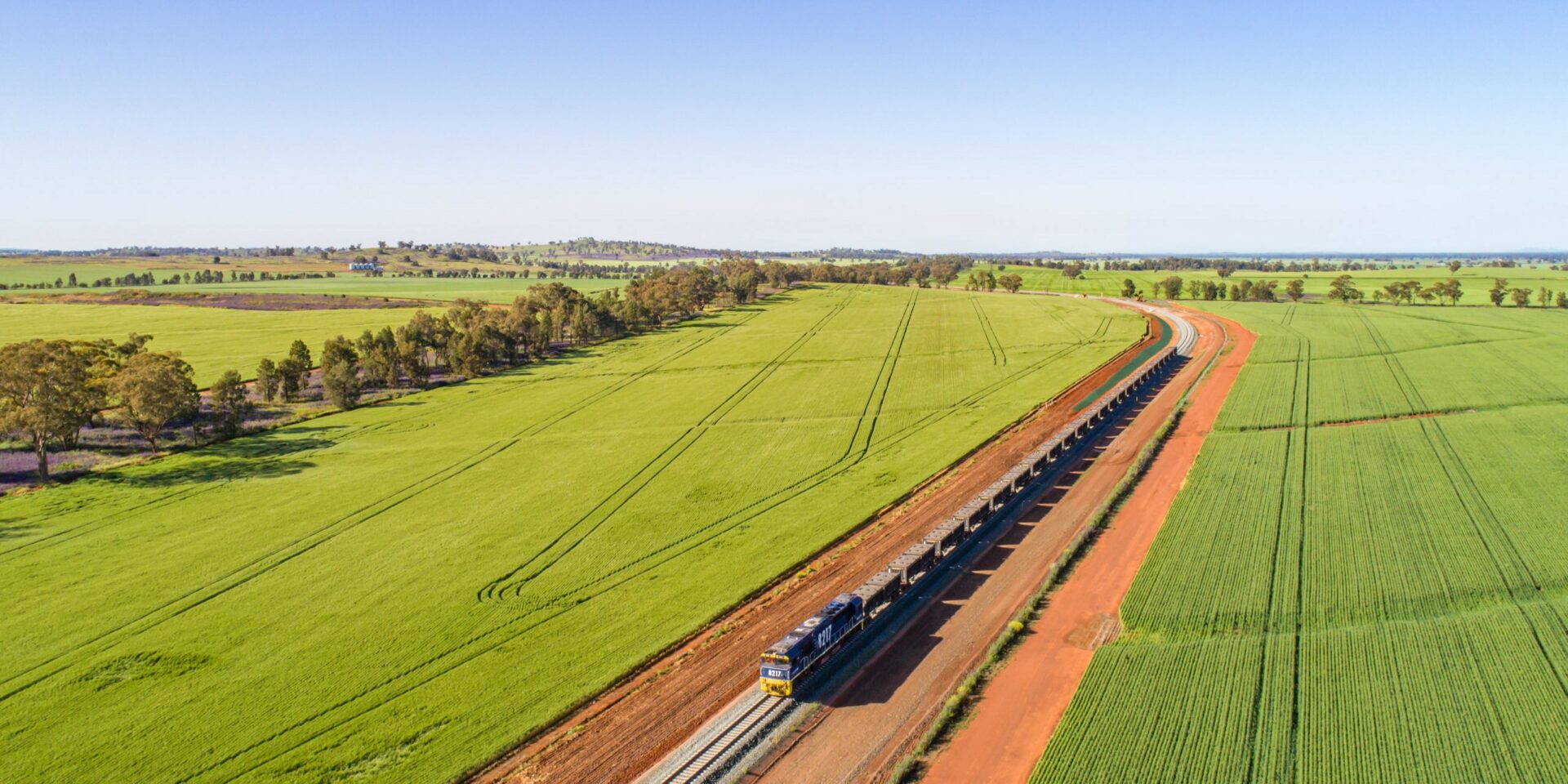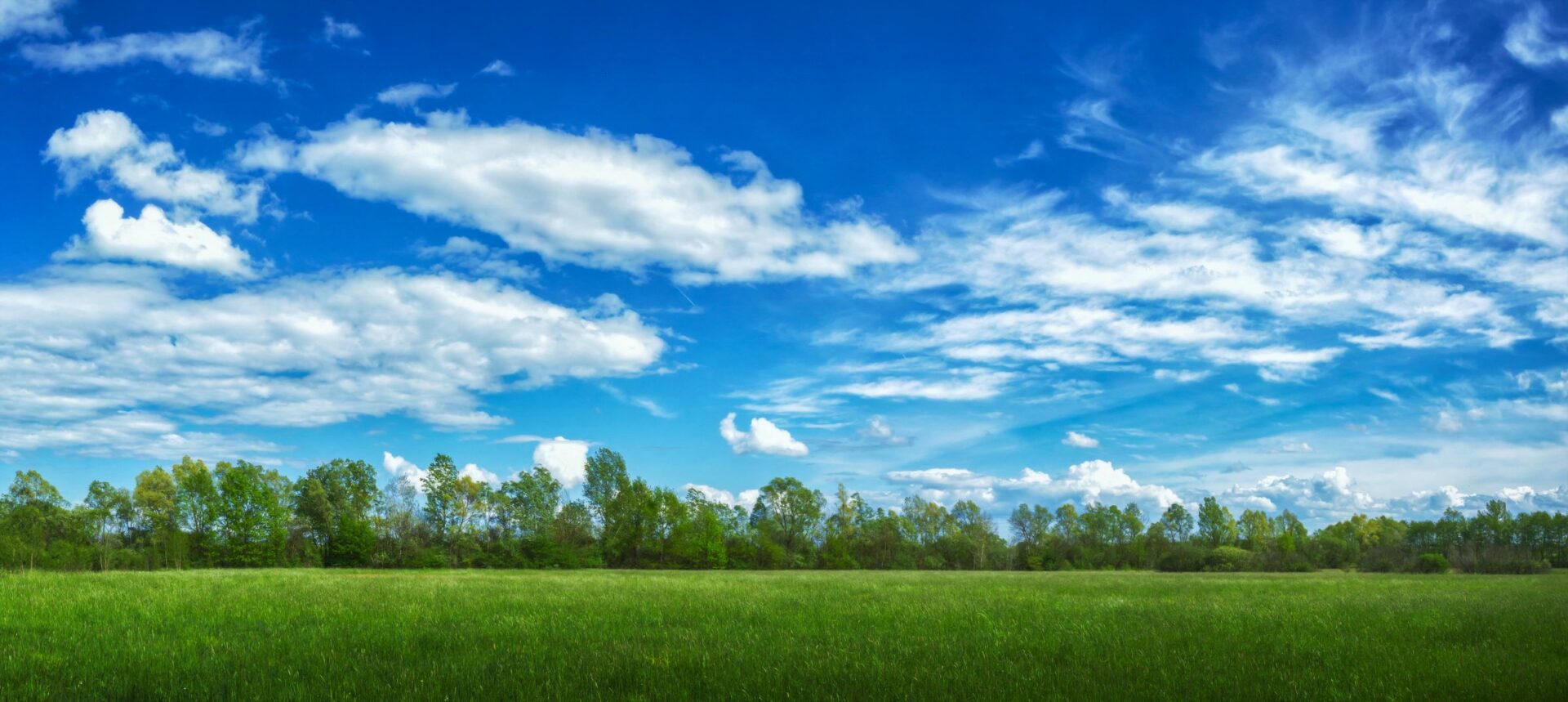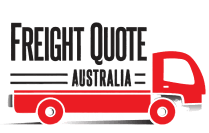
Image Courtesy: ARTC
How and When Did the Inland Rail Project Start?
Who Was Henry Parkes?
In 1889, during a speech delivered in Tenterfield, NSW, Parkes articulated his vision for a railway network that would connect the eastern and southern states of Australia. He saw such a railway as a way to boost economic growth, promote national unity and overcome the vast distances that separated the colonies.
Parkes’ proposal for an Inland Railway was unrealistic for its time, as it challenged the standard perception of coastal shipping as the primary mode of transportation. For this reason, amongst others, it did not go ahead.
How Will the Inland Rail Project Impact the Australian Economy?
Businesses are expected to gain advantages with shorter transit times and reduced costs, improving their access to both domestic and global markets. Job opportunities created during construction of the railway is likely to stimulate economic growth in regional areas along the route. Additionally, the project’s focus on sustainable rail transport will likely lower emissions and air pollution. Improved transportation options are also anticipated to be particularly beneficial for Australia’s agricultural sector.
The Social Impact of the Inland Rail
The positive effects include:
-
- Improved connectivity for regional areas
- Enhanced transport efficiency – reduced delivery times and costs
- Job creation during construction and operation
- Increased investment in local infrastructure.
The negative effects of this project include:
-
- Noise and environmental disruption lasting several years
- Concerns for cultural heritage sites
- Increased urbanisation pressure as more houses will need to be built.
Environmental Impact of the Inland Rail
In the short term, construction activities may lead to habitat disruption and soil erosion. Noise and dust pollution can affect local ecosystems and communities, and indigenous sites may be impacted.
However, in the long term, the inland rail will likely contribute very positively to the environment. The shift from road to rail can lead to a decrease in overall carbon footprint and alleviate traffic congestion, offering environmental benefits in terms of air quality and greenhouse gas emissions. The long-term goal is to create a more efficient transport system that minimises environmental impact while supporting economic growth.

What Will the Inland Rail Provide Freight Train Operators With?
In the freight industry, deadlines must be met on time to avoid congestion and demurrage. The Inland Rail will provide freight train operators with:
-
- Capacity for up to 21-tonne axle loads, with a maximum speed of 115km/h.
- Capability for container double-stacking.
- Trains up to 1,800m in length, equivalent to 110 B-Double trucks.
- Scheduled transit times of under 24 hours between Melbourne and Brisbane, resulting in a reduction of up to 10 hours compared to the existing coastal rail route through Sydney.
Inland Rail Project Cost
How Much of the Rail is Going to Be New?
Inland Rail Pty Ltd (a subsidiary of the Australian Rail Track Corporation) is building the railway on behalf of the Australian Government.
What is the Estimated Completion Date of the Rail?
What Route Will the Inland Rail Trains Follow?
-
- Beveridge to Albury
- Albury to Illabo
- Illabo to Stockinbingal
- Stockinbingal to Parkes
- Parkes to Narromine
- Narromine to Narrabri
- Narrabri to North Star
- North Star to NSW/QLD Border
An informative map of the route can be found here.
What Will the Inland Rail Carry?
The railway will likely play a key role in transporting coal from these mining regions to ports for export to international markets. Coal transportation via rail offers several advantages, including cost-effectiveness for bulk cargo and reduced environmental impact compared to other transportation modes like road freight.
